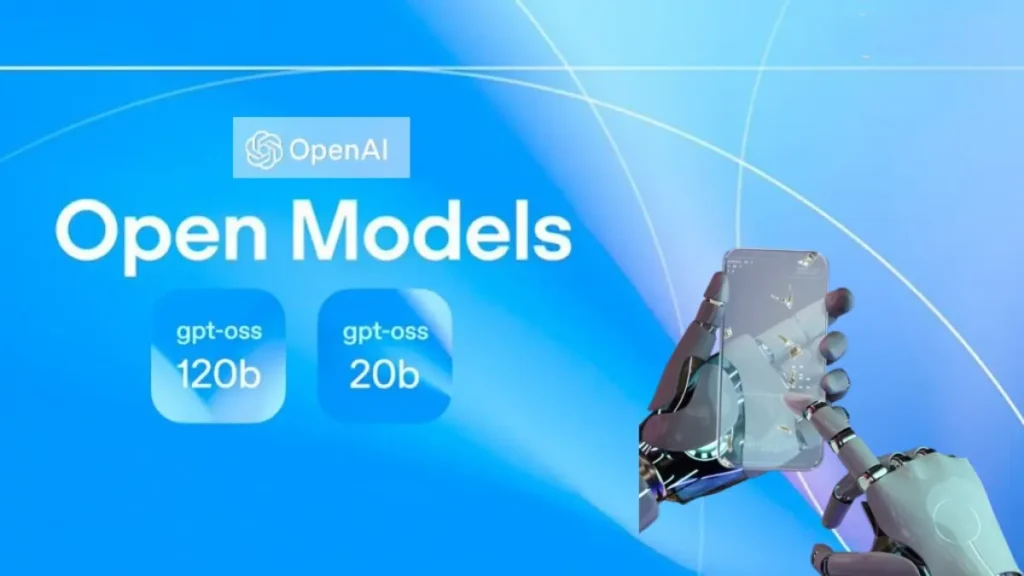OpenAI’s recent gpt-oss family (notably the gpt-oss-20B and gpt-oss-120B releases) explicitly targets two different classes of deployment: lightweight local inference (consumer/edge) and large-scale data-center inference. That release — and the flurry of community tooling around quantization, low-rank adapters, and sparse/Mixture-of-Experts (MoE) design patterns — makes it worth asking: how much compute do you actually need to run, fine-tune, and serve these models in production?
OpenAI GPT-OSS: How to Run it Locally or self-host on Cloud, Hardware Requirements
GPT-OSS is unusually well-engineered for accessibility: the gpt-oss-20B variant is designed to run on a single consumer GPU (~16 GB VRAM) or recent high-end laptops using quantized GGUF builds, while gpt-oss-120B—despite its 117B total parameters—is shipped with MoE/active-parameter tricks and an MXFP4 quantization that lets it run on single H100-class GPUs (≈80 GB) or on […]
Could GPT-OSS Be the Future of Local AI Deployment?
OpenAI has announced the release of GPT-OSS, a family of two open-weight language models—gpt-oss-120b and gpt-oss-20b—under the permissive Apache 2.0 license, marking its first major open-weight offering since GPT-2. The announcement, published on August 5, 2025, emphasizes that these models deliver state-of-the-art reasoning performance at a fraction of the cost associated with proprietary alternatives, and […]
GPT-OSS-120B API
OpenAI’s gpt-oss-120b marks the organization’s first open-weight release since GPT-2, offering developers transparent, customizable, and high-performance AI capabilities under the Apache 2.0 license. Designed for sophisticated reasoning and agentic applications, this model democratizes access to advanced large-language technologies, enabling on-premises deployment and in-depth fine-tuning. Core Features and Design Philosophy GPT‑OSS models are designed as general-purpose, […]
Model Type: Chat



